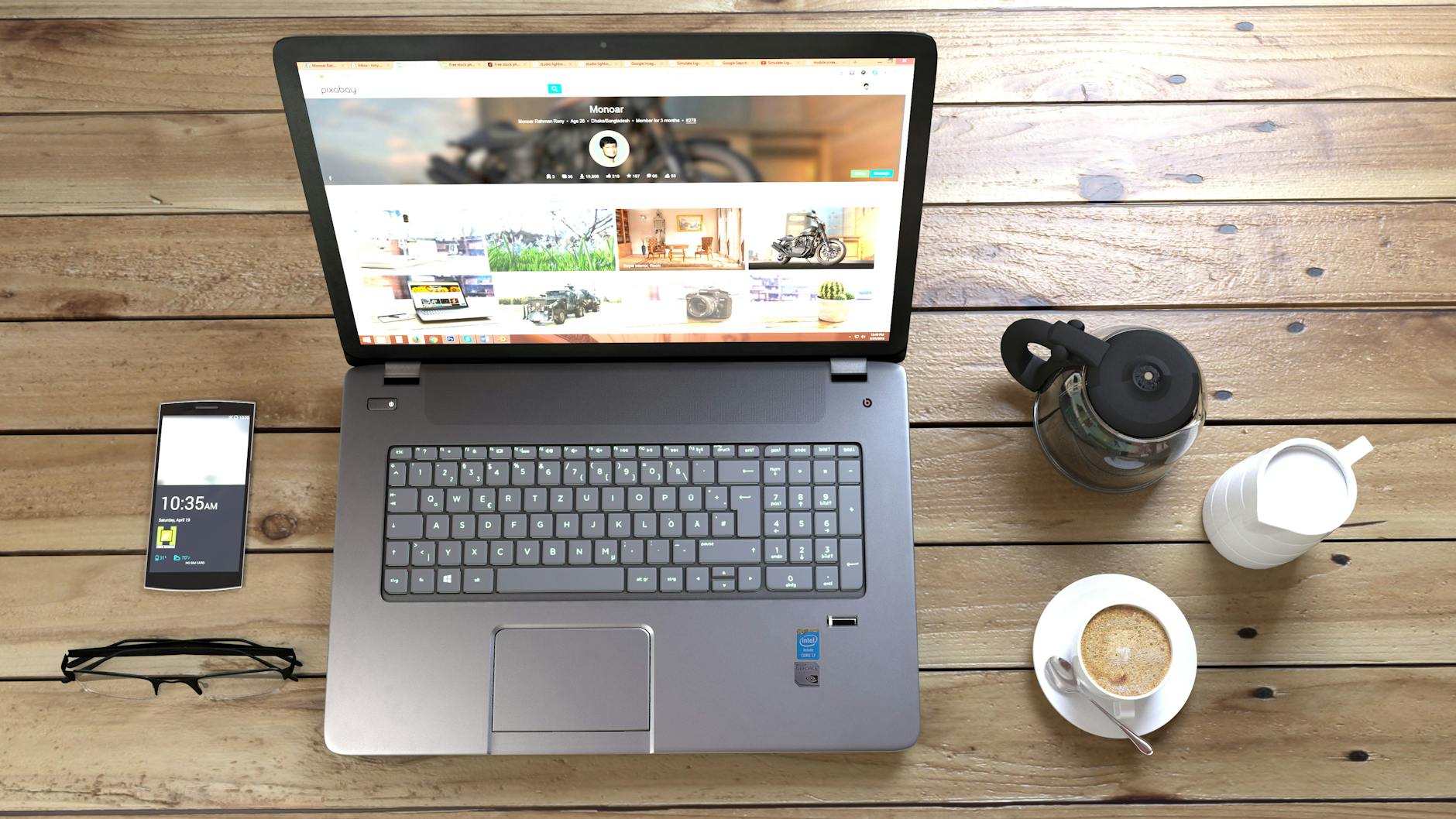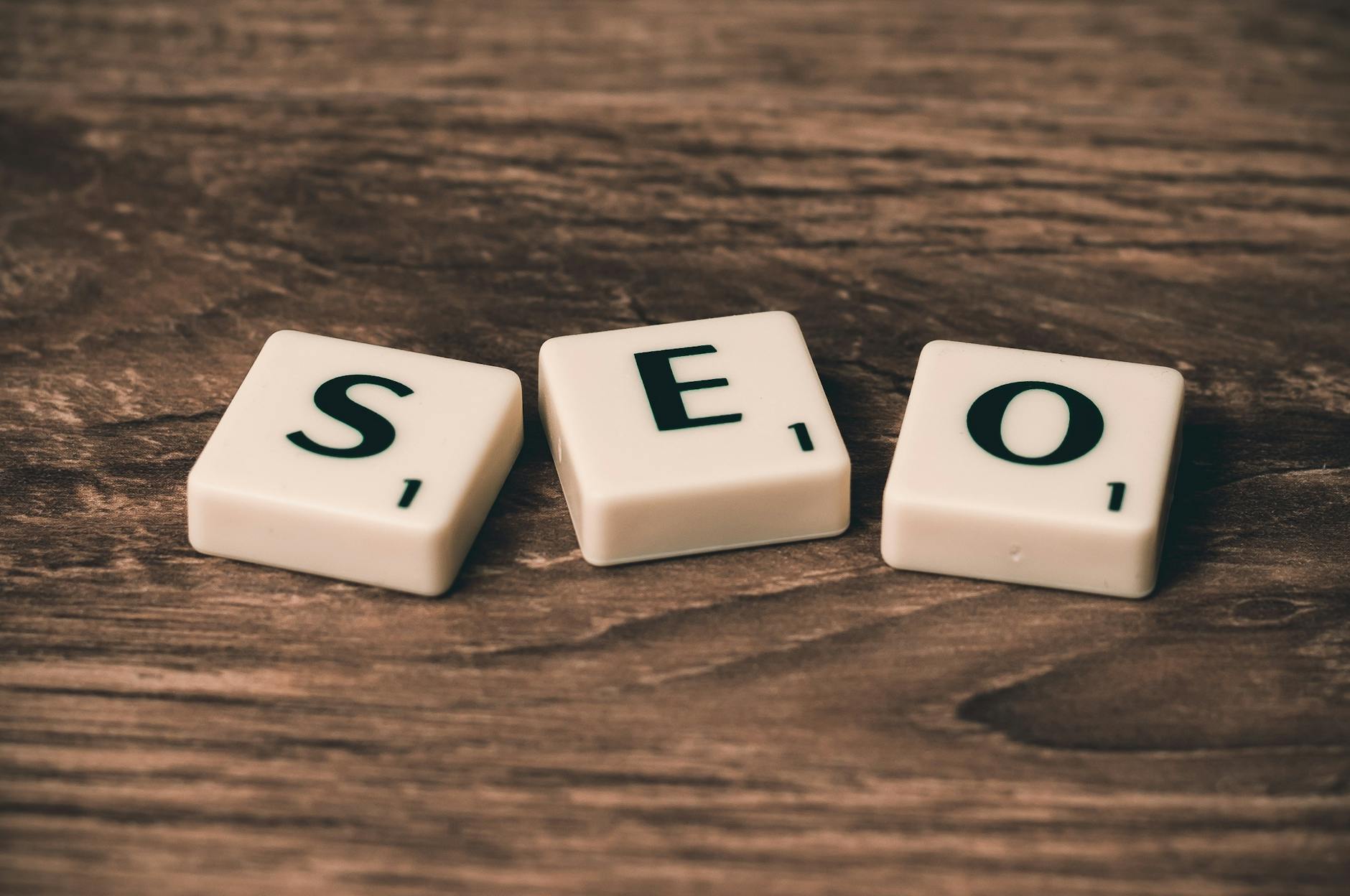Welcome to Filip Digital! Today, we’re diving into the fascinating world of web design. This post will guide you through the basics of web design, explain why it’s crucial for your business, and help you understand how it connects you with your customers.
Understanding Web Design
Web design, also known as website design, is the process of creating the visual layout and user experience of a website. It involves planning and building elements such as structure, layout, colors, fonts, and graphics. Web design is essential for creating a user-friendly interface that meets the needs of your audience and aligns with your business goals.

The Importance of Web Design
A website is an extension of your business, serving as a destination where your customers connect with you. In today’s digital age, your website is often the first point of contact between you and potential customers. Therefore, having a well-designed website is critical for making a positive first impression and fostering long-term relationships.

Key Elements of Web Design
- Layout: The layout is the arrangement of visual elements on a webpage. It includes the header, navigation menu, content, and footer. A good layout ensures that information is presented in a clear and organized manner.
- Color Scheme: The color scheme consists of the colors used throughout the website. It should reflect your brand identity and evoke the desired emotions from your visitors.
- Typography: Typography refers to the fonts used on the website. It’s important to choose readable and professional fonts that complement your brand’s style.
- Images and Graphics: High-quality images and graphics enhance the visual appeal of your website. They help convey your message more effectively and engage visitors.
- Navigation: Effective navigation helps users find the information they need quickly and easily. A well-structured menu and clear links are essential for a positive user experience.
- Content: The content on your website should be informative, engaging, and relevant to your audience. It includes text, images, videos, and other multimedia elements.
- Responsiveness: A responsive design ensures that your website looks and functions well on all devices, including desktops, tablets, and smartphones. This is crucial as more people access the web on mobile devices.
The Role of a Web Designer


A web designer is responsible for creating the visual and functional aspects of a website. This includes selecting the appropriate layout, color scheme, typography, and images. Web designers work closely with clients to understand their needs and goals, ensuring that the final product aligns with the client’s vision.
The Web Design Process
Planning: The first step in the web design process is planning. This involves understanding the client’s requirements, target audience, and goals. A detailed plan ensures that the project stays on track and meets the client’s expectations.

Wireframing: Wireframing involves creating a basic layout of the website. This helps visualize the structure and placement of elements on each page. It’s a crucial step in ensuring that the design is user-friendly and functional.

Design: During the design phase, the visual elements of the website are created. This includes selecting colors, fonts, images, and graphics. The goal is to create a visually appealing and cohesive design that reflects the brand’s identity.

The development phase involves converting the design into a functional website. This includes coding the layout, adding content, and integrating necessary features. Having a skilled web developer is beneficial for ensuring complex functionalities and custom features. However, with modern tools and platforms, it’s now easier for web designers to build fully functional websites without extensive coding knowledge. Balancing both skills can lead to a highly effective and user-friendly site.
Testing: Before the website goes live, it undergoes thorough testing. This ensures that all elements function correctly and that the website is responsive across different devices and browsers.
Launch: Once the website has been tested and approved, it’s launched and made live. This is the final step in the web design process, but it’s not the end. Regular updates and maintenance are essential for keeping the website up-to-date and functional.
SEO and Web Design

Search Engine Optimization (SEO) is a critical aspect of web design. It involves optimizing your website to rank higher in search engine results. Here are some key SEO practices to consider in web design:
Mobile-Friendly Design: A responsive design ensures that your website is accessible on all devices, which is crucial for SEO.
Fast Loading Speed: Websites that load quickly provide a better user experience and are favored by search engines. Optimize images and use efficient coding practices to improve loading speed.
Keyword Optimization: Use relevant keywords throughout your website’s content. This helps search engines understand what your site is about and improves your chances of ranking for those terms.
Quality Content: High-quality, relevant content engages users and encourages them to spend more time on your site. This signals to search engines that your site is valuable.
Meta Tags: Use descriptive and keyword-rich meta tags for your pages. This includes title tags, meta descriptions, and header tags.
Internal Linking: Link to other pages on your website to help users navigate and discover more content. This also helps search engines index your pages.
Alt Text for Images: Use descriptive alt text for images. This helps search engines understand the content of your images and improves accessibility for users with disabilities.
The Benefits of Professional Web Design

Improved User Experience: A well-designed website is easy to navigate and provides a positive user experience. This encourages visitors to stay longer and explore your content.
Increased Credibility: A professional-looking website builds trust and credibility with your audience. It shows that you are serious about your business and committed to providing value.
Better Conversion Rates: An effective web design can lead to higher conversion rates. This means more visitors taking desired actions, such as making a purchase or filling out a contact form.
Competitive Advantage: A unique and engaging website sets you apart from competitors. It helps you stand out and attract more customers.
Cost-Effective Marketing: Your website serves as a 24/7 marketing tool. It’s a cost-effective way to reach a global audience and promote your products or services.
Conclusion
Web design is a critical aspect of establishing an online presence and connecting with your customers. A well-designed website is an extension of your business, serving as a destination where your customers connect with you. By investing in professional web design, you can create a user-friendly, visually appealing, and SEO-optimized website that enhances your brand’s credibility and drives business growth.
Thank you for joining me at Filip Digital
–


I hope this post has provided you with valuable insights into the world of web design.
– Filip
Thank you for joining me at Filip Digital. I hope this post has provided you with valuable insights into the world of web design. Whether you’re looking to create a new website or improve an existing one, understanding the basics of web design is the first step towards success. Feel free to reach out to us with any questions or for professional web design services.




Great cover of the topic, Filip. Very good introduction to the web design! Excellent approach! Looking forward to new blog posts!
Thank you for your kind words Peter! I’m glad you found the cover of the topic and the introduction to web design excellent. Stay tuned for more blog posts that dive deeper into web design and other related topics. Your support means a lot!
This article on ‘What is Web Design?’ is incredibly insightful and well-written. Highly recommend this blog for anyone interested in web design—many great topics are coming!
Thank you Lucky 🙏
I want to take this opportunity to thank Filip for designing my website. His expertise greatly improved my online presence. If you need a professional to enhance your website, I highly recommend Filip.
Hi Max,
Thank you so much for your wonderful feedback! 😊 I’m thrilled to hear that the website design has positively impacted your online presence. It was a pleasure working on your project, and I’m glad you’re pleased with the results. If you or anyone you know ever needs further assistance or additional enhancements, don’t hesitate to reach out. Your success is my priority!
Best regards,
Filip